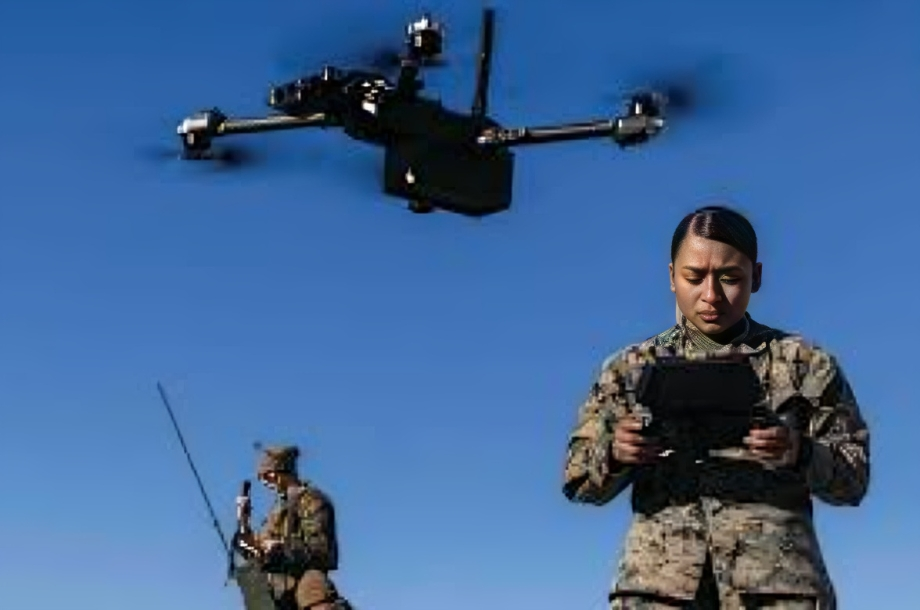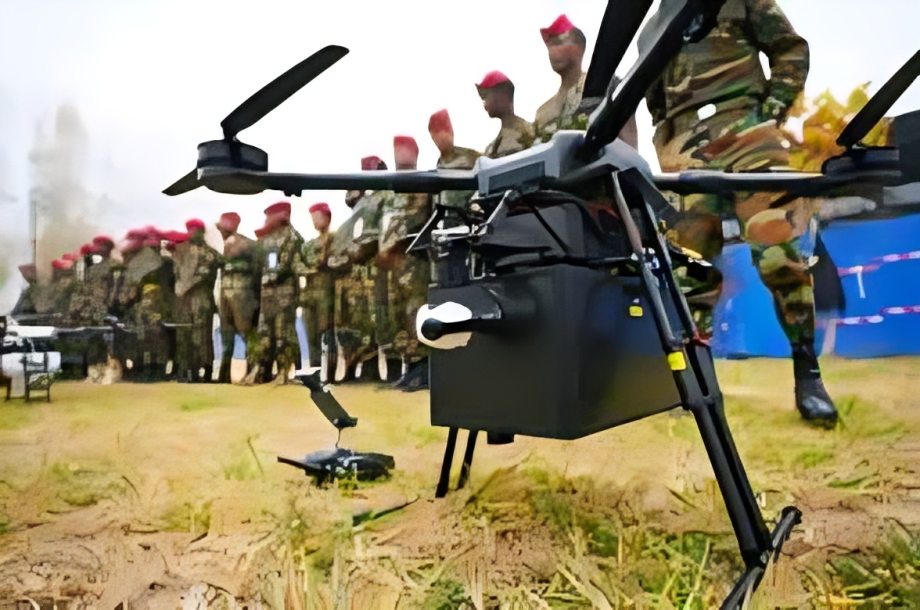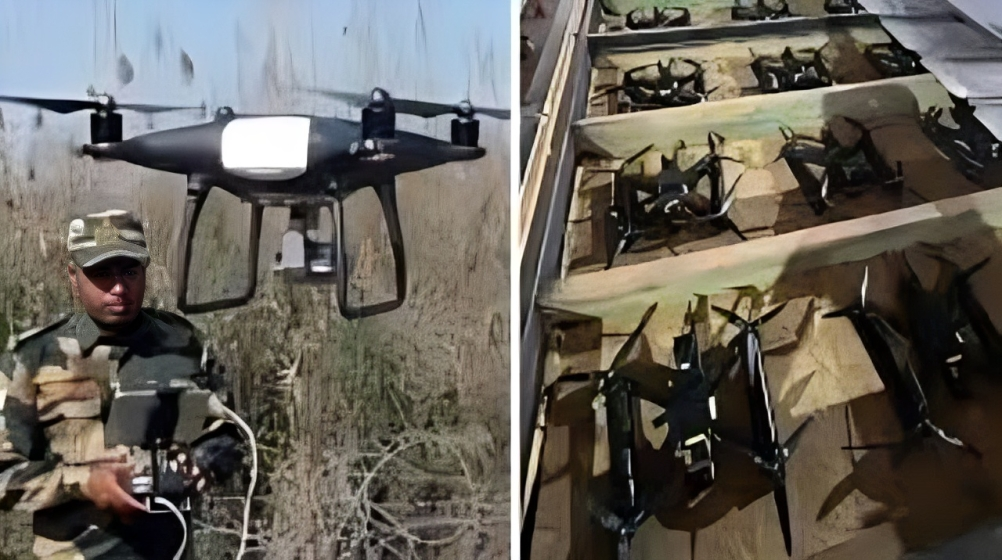The Indian Army is going to change its battlefield capabilities with a major technical jump – the construction of FPV drone units in the army infantry battalions. The move aims to modernize the ground match, promote operational safety and intensify India’s boundary monitoring. According to official military sources, each of the 350+ Infantry battalions will soon have a dedicated FPV drone platoon.
What are FPV drone units in the army?
FPV (first person visual) drone compact is unmanned air vehicles that operate using real -time video feeds. The soldiers who control them really see what the drone “see,” allows them to navigate and act as if they were present in physically hostile areas. FPV drone units in the army will allow exact strike, close reconnaissance, and target tracking, without endangering soldiers.
Why is the army adopting FPV drone units?
The military decision to create FPV units in the army stems from global conflicts, especially the success of drone technology in Ukraine-Russia War. The instrument has proved to be in the drone: Live enemy monitoring Seema patrol and reconnaissance Accurate attack on hidden goals Neutralize This modernization initiative also aligns with the broad strategy of India’s technical war and “self -sufficient India” in defense systems.

Structure of FPV drone units in the army
Each FPV drone unit in the army will include 20-30 trained personnel:
- Drone Pilot: Expert in navigating drones in various fighter environment
- Technician: Drone responsible for maintenance, battery and electronics
- Data Analyst: To evaluate drone-contacted footage for strategic use
These units will operate in tandem with existing lethal platoons such as anti-tank, sniper, and reconnaissance squads.
5 Major Benefits of FPV Drone Units in Army
The deployment of FPV Drone Units in Army promises several advantages:
1. Enhanced Soldier Safety
Surveillance and attacks can now be conducted remotely, significantly reducing the risk to soldiers in high-danger zones.
2. Cost-Effective Warfare
FPV are relatively inexpensive but highly effective. This allows India to scale its defense capabilities without heavy financial strain.
3. Border Monitoring Precision
Drones can patrol rugged terrains and keep watch over Indo-China and Indo-Pak borders, where traditional patrolling is risky and limited.
4. Real-Time Intelligence
Drones provide instant visual feedback, allowing commanders to make faster and smarter decisions during combat or search operations.
5. Supports Atmanirbhar Bharat Mission
Most FPV will be manufactured indigenously, reducing reliance on imports and fostering local defense tech industries.
Integration with Army Strategy

The Indian Army’s existing 350+ infantry battalions will each receive one FPV platoon. These FPV Drone Units in Army are designed not as separate wings but as integrated support modules to boost mission effectiveness. Whether in cross-border operations or internal security missions, drone platoons will now play a key tactical role.
Tech Specs and Functional Scope
While official specifications remain classified, FPV drone used by the Army are expected to include:
- HD cameras with night vision
- Payload capabilities for carrying small bombs or sensors
- Battery life of 30–45 minutes
- Range of up to 5–10 km, depending on terrain
- Anti-jamming communication systems
The FPV Drone Units in Army will be trained to adapt to all types of missions, from high-altitude surveillance to urban warfare.
Training and Deployment Timeline
The Indian Army has already initiated training programs in collaboration with DRDO and private drone startups. Drone pilots are undergoing simulation-based combat training, including:
- Enemy hideout detection
- Simulated border infiltration scenarios
- IED detection missions
- Night strike precision drills
Deployment of FPV Drone Units in Army is expected to scale up across all battalions by mid-2026.
Impact on Future Warfare
The introduction of FPV Drone Units in Army marks a significant leap in India’s military doctrine. In future, AI-powered autonomous drones may also be integrated, enabling machine-driven patrolling and strike capabilities. India’s defense sector is also exploring swarm drone technologies for coordinated attacks — a logical next step after FPV drone mastery.
Global Perspective on FPV Military Use
Globally, FPV drones have been used effectively by:
- Ukrainian forces for tank-destroying missions
- Azerbaijan in the Nagorno-Karabakh conflict
- US Special Forces in hostage rescue and intel-gathering
India’s inclusion of FPV Drone Units in Army puts it on the global map of modern, drone-integrated forces.
South Korea Cosmetics Exports Surge Past US, Rank 2nd Globally Behind France


[…] FPV Drone Units in Army: 5 Strategic Benefits Revealed […]